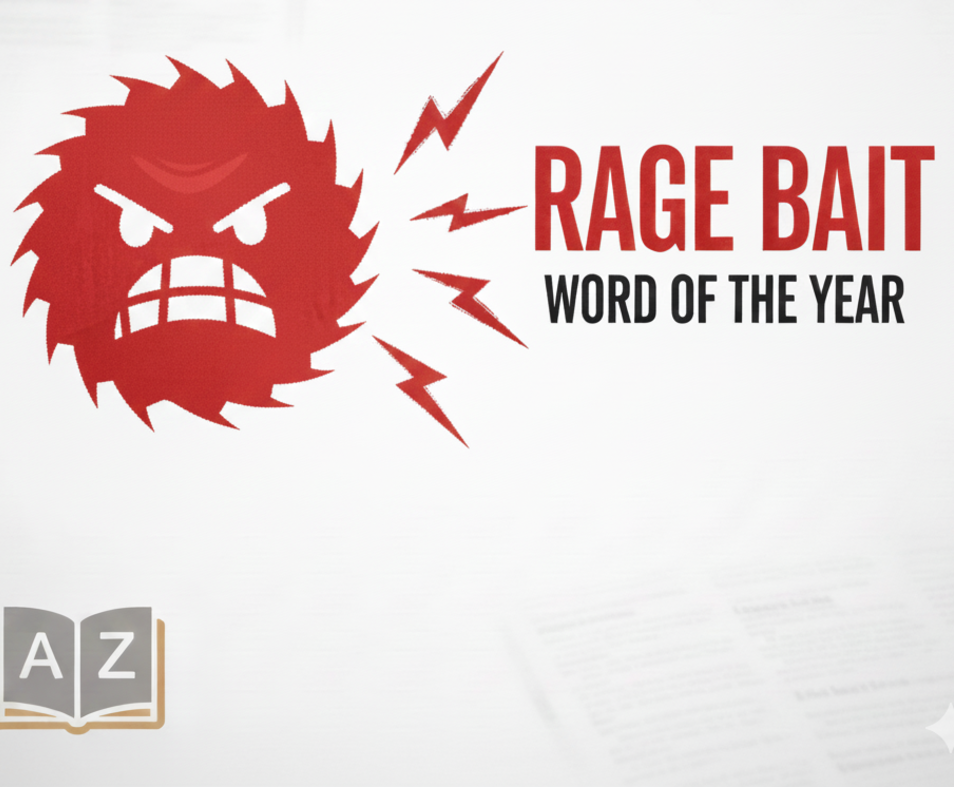BRITISH INDIAN World War II spy Noor Inayat Khan will get a “fitting tribute” with an exhibition on her life and times set to be launched on the eve of Women’s Day (8).
The Commonwealth War Graves Foundation (CWGF) will unveil the exhibition, titled ‘Noor Inayat Khan: A Woman of Conspicuous Courage’, at the Runnymede Air Forces Memorial in Surrey on Saturday (7).
The exhibition is planned as a celebration of the life and legacy of the war heroine, who was the daughter of Indian Sufi teacher Hazrat Inayat Khan, a descendent of the 18th century Mysore ruler Tipu Sultan, and American-born Pirani Ameena Begum.
“I am delighted that the Commonwealth War Graves Foundation is organising this exhibition as a permanent legacy to her bravery, which will ensure that her story continues to inspire the next generation,” said Shrabani Basu, author of Spy Princess: The Life of Noor Inayat Khan and chair of the Noor Inayat Khan Memorial Trust.
“It is a fitting tribute to a World War II heroine on International Women’s Day,” she added.
Khan, who was a British Special Operations Executive agent during the war, was captured and killed by the Nazis in 1944, at the age of 30.
She made history as the first female radio operator to be sent to Nazi-occupied France, armed with false documents and a pistol.
The exhibition was developed with the help of young women from the Girlguiding Association in Berkshire and Buckinghamshire, who turned Khan’s story into a learning resource.
“Noor’s story is an inspirational one and we believe it is important, as the custodians of the memorial on which her name is inscribed, to help give it greater prominence,” said Julian Evans, director of International and Community Engagement at the Commonwealth War Graves Commission.
“We hope that the exhibition will encourage more people to visit the Air Forces Memorial to explore the story of Noor and the 20,000 other members of the Commonwealth Air Forces who are commemorated here,” he said.
The CWGC commemorates the 1.7 million Commonwealth servicemen and women who died during the two World Wars, alongside an extensive and accessible records archive. It operates in more than 23,000 locations in over 150 countries, with the CWGF as its charitable arm.
Through the new exhibition, funded by the AIM Biffa Award History Makers Scheme, the public will also get to put their code-breaking skills to the test, and discover the scientific and technical skills of a covert wireless radio operator.
Jasmine Theti, a 15, of Girlguiding Berkshire and Buckinghamshire, said: “We must never forget her and the sacrifice she made. I loved learning the Morse Code; it was good fun.
“Although I wouldn't have liked sending messages in a cold Parisian park whilst looking over my shoulder all the time. Noor was an inspiration.”
As a young refugee living in London, Khan had faced prejudices throughout her life, even as she was trained as a secret agent.
The exhibition will uncover how Khan broke new ground with her “steely strength of will”, despite SOE assessors initially placing little faith in her abilities.
Gillian French, Biffa Award Head of Grants, noted: “It is extremely important that we continue to support projects like this that remind people of some of the inspiring people who came before us and who played such significant and courageous roles in our history.”
Visitors to the CWGC’s Runnymede Memorial in Surrey, about 23 miles from London, will be able to self-guide themselves around the iconic memorial in honour of more than 20,000 Air Forces martyrs, including Khan, who have no known grave.
Historical records show that despite being tortured and interrogated for 10 months, Khan did not divulge any sensitive information. Her last word before being shot dead was “Liberte”.
Khan was posthumously awarded the George Cross, and her sculpture was unveiled at London's Gordon Square Gardens in 2012. Last year, she became the first Indian-origin woman chosen to be honoured with a Blue Plaque at her wartime home in Bloomsbury, London.





 Rage bait isn’t just clickbait — it’s Oxford University Press’ word of the year for 2025 iStock/Gemini AI
Rage bait isn’t just clickbait — it’s Oxford University Press’ word of the year for 2025 iStock/Gemini AI 
 Online Trends iStock
Online Trends iStock Rage bait isn\u2019t just clickbait \u2014 it\u2019s Oxford University Press\u2019 word of the year for 2025 iStock/Gemini AI
Rage bait isn\u2019t just clickbait \u2014 it\u2019s Oxford University Press\u2019 word of the year for 2025 iStock/Gemini AI 






